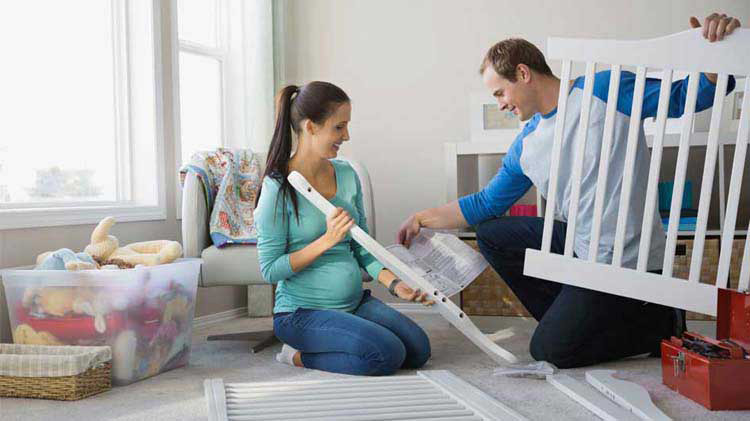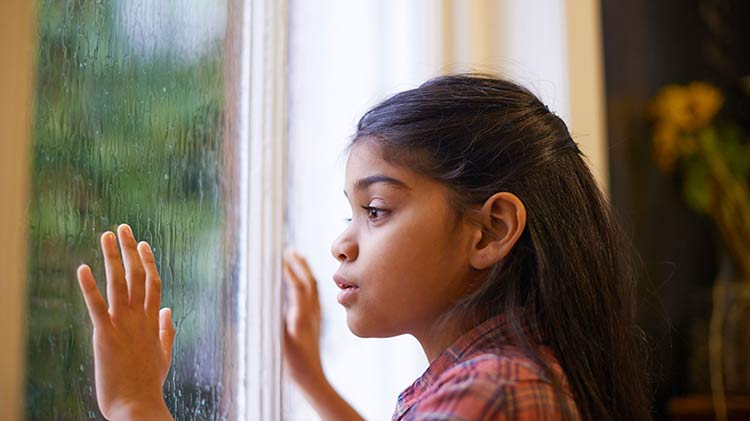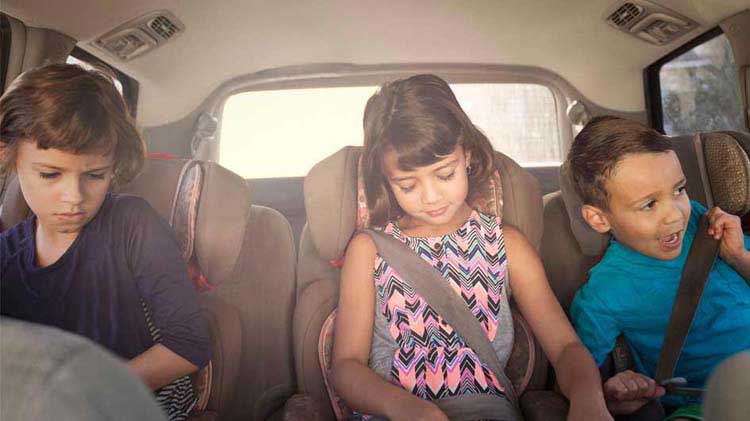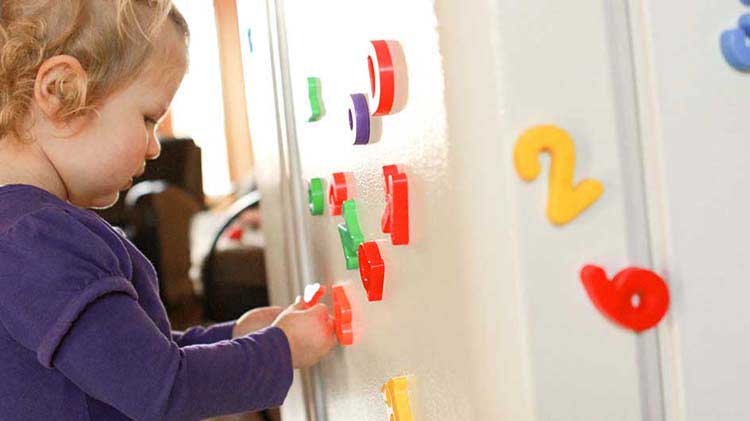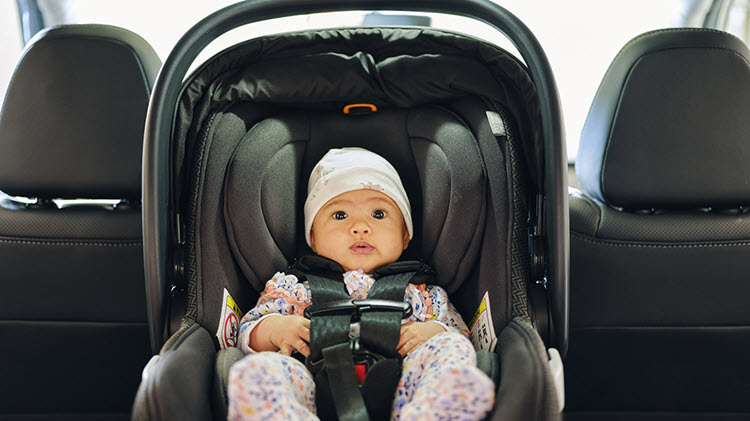Choosing a safe baby crib
Create a safe sleep environment for your infant with these tips.
Selecting a suitable and safe sleep environment and preparing for your baby can be overwhelming. Keep baby safety in mind with these considerations.
- Look for products that meet baby crib safety standards, such as those certified by the Juvenile Products Manufacturers Association, which ensures your crib has been thoroughly tested.
- Check the floor model for loose spindles or a shaky frame. These could be signs of poor construction and an unsafe environment for your baby.
Baby crib safety
The structural integrity of the crib matters as much as its contents and location when it comes to baby safety. The Consumer Product Safety Commission provides crib and infant product information. Keep the following recommendations in mind:
- When selecting a crib mattress, use a firm mattress that fits tightly against the crib sides with no more than two-fingers' width of a gap.
- Remove soft or loose bedding and toys since blankets, quilts, pillows and stuffed animals can cause suffocation or sudden infant death syndrome (SIDS).
- Avoid using crib bumpers that can obstruct baby's breathing.
- Place the crib away from blind cords and other potential strangulation hazards.
- Don't hang anything heavy over the crib and avoid decorations with hanging pieces that a baby could grab.
Safety tips for older cribs
- Make sure wooden crib spindles or slats are no more than 2 3/8 inches apart or about the width of a soda can. Anything wider could allow baby's head to get caught.
- Have the frame tested for lead paint and make sure it doesn't have any structural weaknesses.
- Avoid older drop-side cribs, which have been connected to infant deaths and are now banned.
- Check for crib side-rail safety by ensuring that the side rails do not move.
Non-crib options
There are no federal safety standards for co-sleeping or bedside baskets. If you'd like your infant to sleep in your bed, on a same-surface "sidecar" co-sleeper or in a bassinet, remember the following (from The Behavioral Sleep Laboratory):
- Infants should always sleep on their backs.
- Sleeping surfaces should always be firm, fitted and clean.
- Sleeping environments should be free of blankets or loose bedding. Instead, use a swaddle wrap or wearable blanket on your baby.
- Infants should never have their heads covered during sleep.
